Story by Ron Stodghill

For the past three years, Dr. Kevin McDonald has served as the Vice Chancellor of Inclusion, Diversity & Equity and the UM System Chief Diversity, Equity and Inclusion Officer. McDonald’s tenure began amidst the student racial protests in 2015, and in this newly created role, he sought to transform the university’s culture across the board, from increasing diversity among faculty staff and students to forging stronger ties with local leaders and organizations throughout Columbia.
In April, McDonald accepted a position as Vice President of Diversity, Equity and Inclusion at the University of Virginia. During his final days at MU, McDonald sat down in his Jesse Hall office and spoke with journalist and Associate Professor Ron Stodghill about both his achievements — and some unfinished business — around diversity and inclusion at MU.
(The hourlong interview, which took place in early May, has been edited for brevity, clarity and accuracy.)
Can you talk about your arrival at MU and the challenges you met, and how you worked to address them?
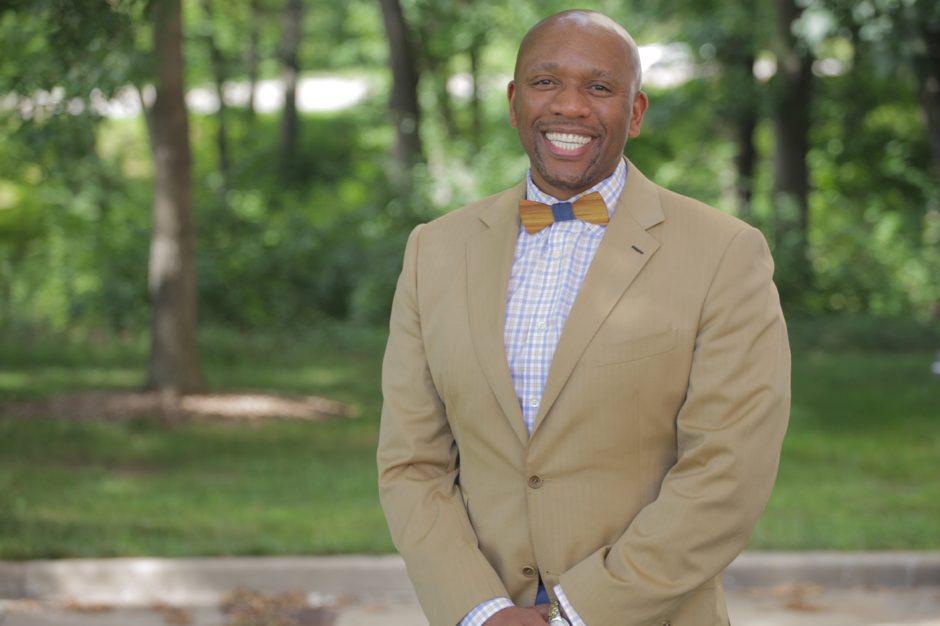
When I came here, I found a community that was skeptical of anyone who would have been in this role and anyone who would have been attached to administration. There was a lot of skepticism regarding the intentionality, authenticity and engagement levels of anyone in administration. And even though this position was born out of the protests, I wasn’t protected from that skepticism. The students were very clear that success in their eyes was going to be attached to engagement, visibility and transparency in ways that were pervasive.
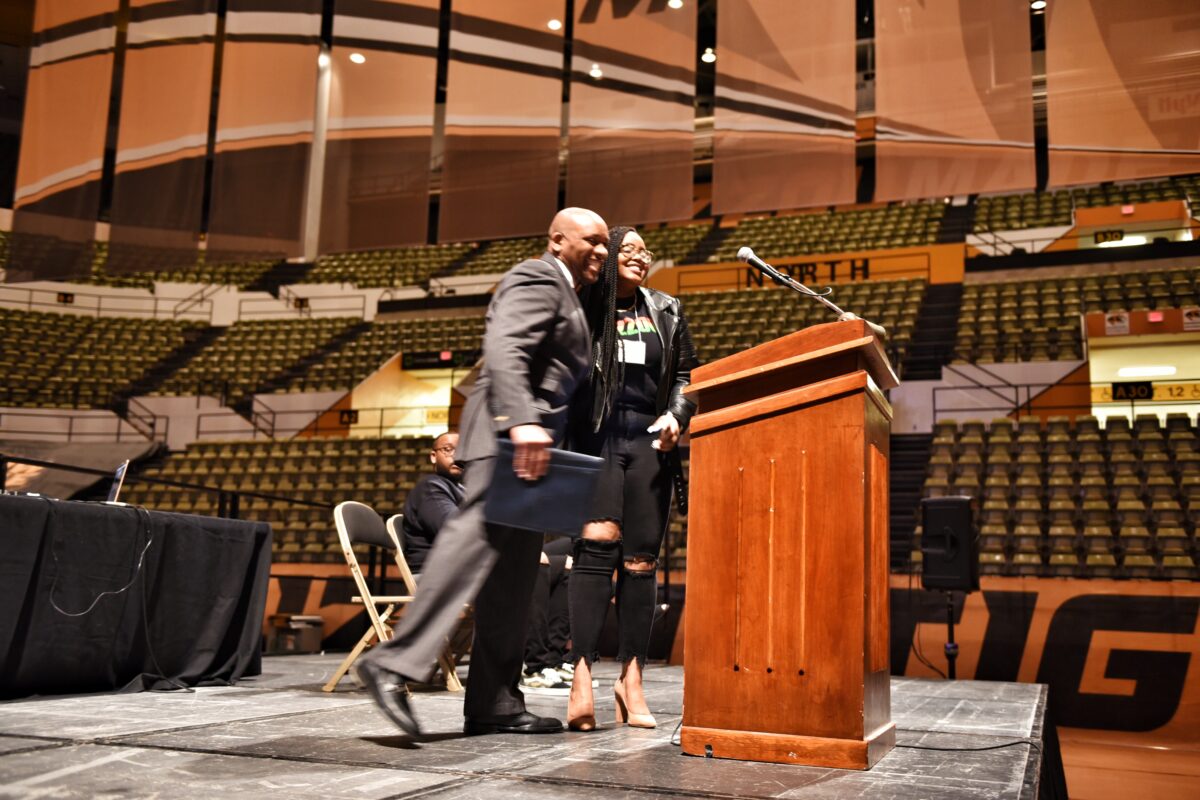
The students were clear that the events that led to the protest themselves didn’t just pop up, that they were built up over time, the lack of engagement over time. Initially, to them I was just a body, a person in this role, but they said there was a window of opportunity, and in order to take advantage of it I was going to have to engage with the constituencies that were there. There were many faculty and staff who also said ‘we are looking for a partner, someone who’ll roll up their sleeves and work with us to make Mizzou better.’
What are the sensitivities in trying to build those relationships?

I think avoiding one-offs: where you show up for what you think is just one event and just kind of show your face, shake some hands, and they don’t see you anymore. Another is meeting with students where they are most comfortable. It could be my office, or it could be a local burger joint. To build that level of credibility, you have to go to where the people want to engage with you. And I do think there were also parts of the population who felt that the institution was OK where it was. Or that the institution maybe didn’t need to engage as much.
So I had a number of sentiments that I was wading through. Some middle of the road, some left and some right. I needed to leverage all of those to build a level of confidence that there were some holes that needed to be plugged, but that the ship wasn’t sinking. They wanted to be reflective of the past in a way that informed the present and the future, but didn’t define it.
One of your signature initiatives was the so-called ACE report, a study by the American Council on Education. Can you talk about how that came to be, and what was gained from it?
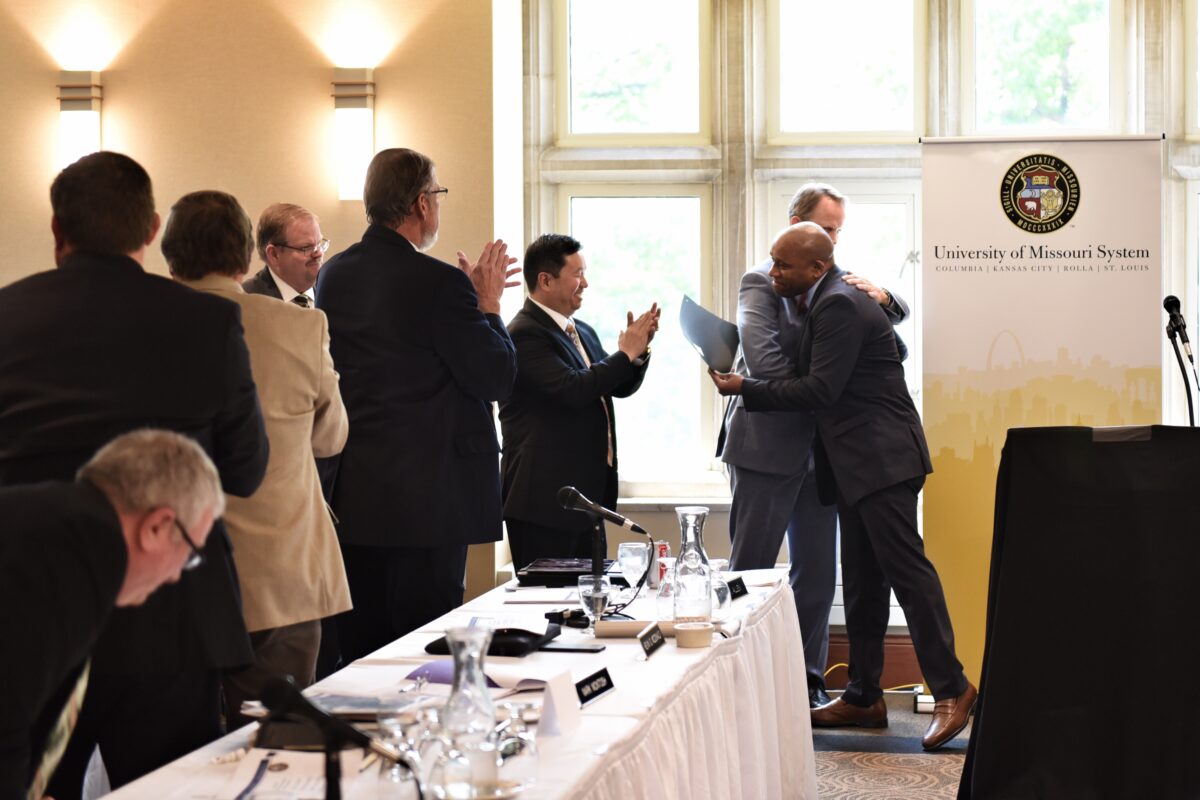
During the last administration when President Barack Obama was in the White House, one of our lobbyists invited me to a meeting on diversity and inclusion in post-secondary education. Representatives from the American Council on Education were there, and in one of their workshops they mentioned that there was a dearth of research on diversity and leadership. This got me to thinking, and when I saw those same representatives at a reception, I said ‘Right now the narrative at Mizzou is negative. It would be wonderful if we had an opportunity to control the narrative. What would say about a case study on Mizzou post the protests on how we’re making strides forward, how we are engaged in leadership decisions around diversity?’
They were lukewarm in the beginning, and then they thought about it and bounced it around within the confines of their organization and came back and said, look, we think there is something to this and we’d like to explore it further, and to give it additional credibility, we want to identify two national scholars to oversee the project.
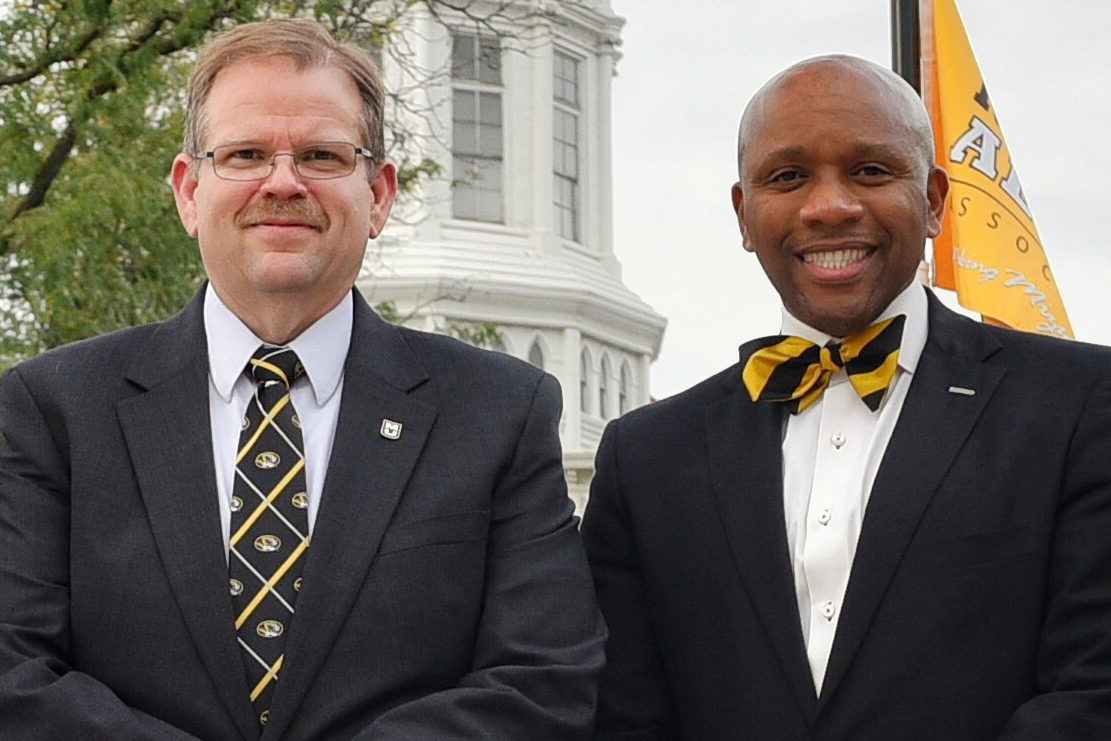
Among the study’s key recommendations were encouraging leaders to enhance their understanding of the historical legacy of racism and racism on campus and the community; demonstrating a long-term commitment to issues of diversity and inclusion; acknowledging the collective trauma stemming from the protests; and leaders engaging in “active listening” rather than trying to “solve” the problem. See the full report.
What happens to the programs and initiatives you’ve launched? Can you relieve concerns among students and faculty of color over a potential loss of momentum? Also, what would you recommend to your successor in taking the helm?

If there’s anything to be learned from the field of diversity, equity and inclusion from my perspective, it is that the most successful chief diversity officers are relationship-driven. You have to roll up your sleeves, which can be exhaustive and time consuming. But you have to take the time to get to know people on an individual basis to build your own credibility with them. You can’t just show up for a signature event here and there.
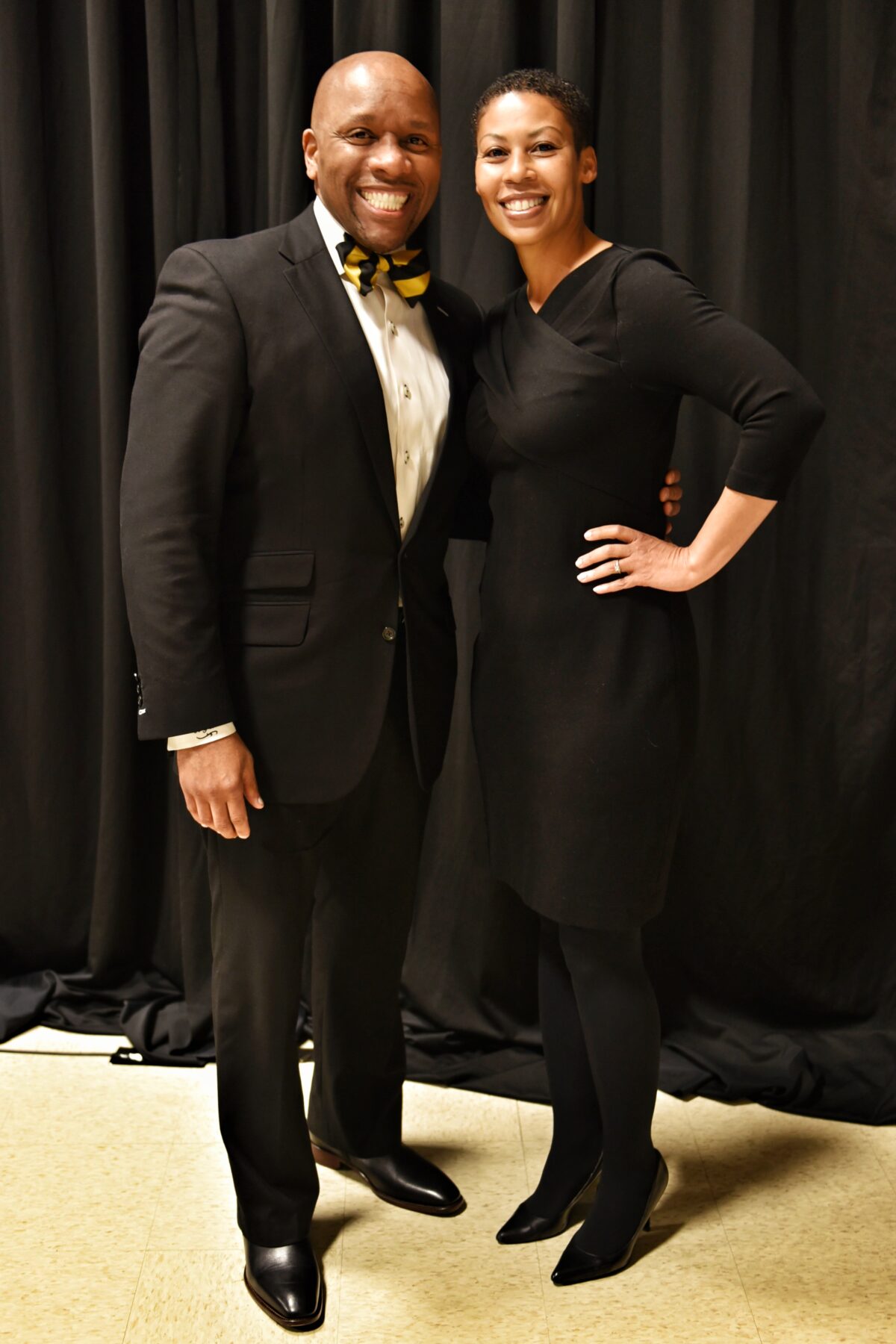
I do think we have leaders within this division who know how to do that, who have the relationships and relationship-building skills and can step in, particularly within this interim period, and continue to serve this community. I also think we have created cross-functional partners who believe in where we’ve gone as a division and as an institutional community and don’t want to see us regress. They are also pledging their support to be supportive pillars. So I think we are at a really good space. And in order not to lose that, we have to make sure that we are not just enticed by pedigree and past institutional placement but also by people who are, to their core, committed to people and to being servant leaders.
I think this is a community that wants to support leaders like that. They have been very welcoming to my family. I have a daughter who is going to remain at Mizzou — she’s very clear about that. I have a son in Rolla. So our family has shown a level of commitment to the area. I think it speaks to how special Tiger nation is. So I think it’s ripe and ready, both in terms of internal support and community support, for the next leader.
What are the most important building blocks you think you’re leaving behind for your successor?
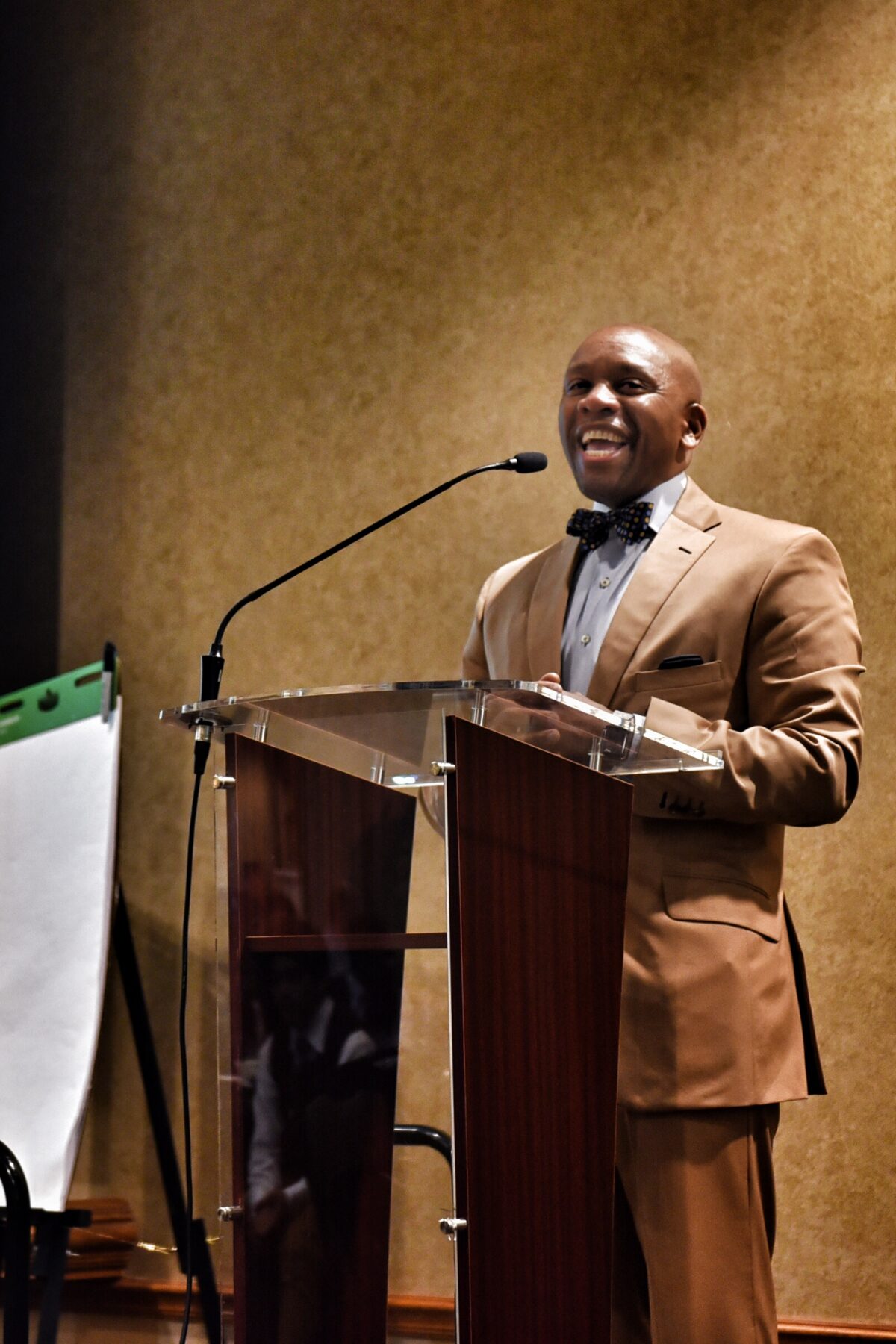
I think we have a strategic framework to work from. I think Inya (Inya Baiye, Assistant Vice Chancellor for Inclusive Excellence and Strategic Initiatives) has come in and provided additional strong leadership in that regard and even tightened things up so we have a path to follow. The key is making sure that every unit is committed to figuring out where they fit into our plan and how diversity and inclusion needs to move forward in their unit.
We need increased attention and focus on faculty retention and student success, for sure. Part of that is listening to them and getting an idea of what their lived experience is like. Do they feel supported in their department? What’s their incentive to stay? There was a study by Harvard professor Dr. Cathy A. Trower that said there are three things that impact faculty of color’s ability to gain tenure: culture, climate and collegiality. And so I would ask, are there positive reflections of that on our campuses?
I also feel really good about the supportive pillars and ideas around student success. I appreciate NaTashua Davis (Executive Director of Access and Leadership Development) and Donell Young (Director for the Center of Academic Success and Excellence) and the efforts they’ve been putting into really developing strategies and additional vision around that. One of the things we have also been working hard on is building our enrollment across the board, and making sure students are successful once they get here.

We’ve offered financial support to several key programs throughout the community, including planning grants — two years in seed money — to support organizations that might have wanted to do the work but didn’t have the capacity. United Way had access to that, and the Inclusive Impact Institute (a local nonprofit that provides training and education, consulting, and leadership development aimed at increasing diversity and inclusion in the community) had access to that. It was just to say, ‘We believe enough in what you’re doing, we want to offer some supportive funding. Just some seed money to get it started’ and in ways that we didn’t control. We wanted to fertilize their efforts to see where it would grow. Another leader may come in and say it was really successful and may want to provide in some way, shape or form, some additional funding. All in all, I think I learned a lot and grew a lot here. I think I operate at the intersection of my passion and my purpose and I think and I hope that that is one of the reasons the University of Virginia believes I can serve in this capacity there.